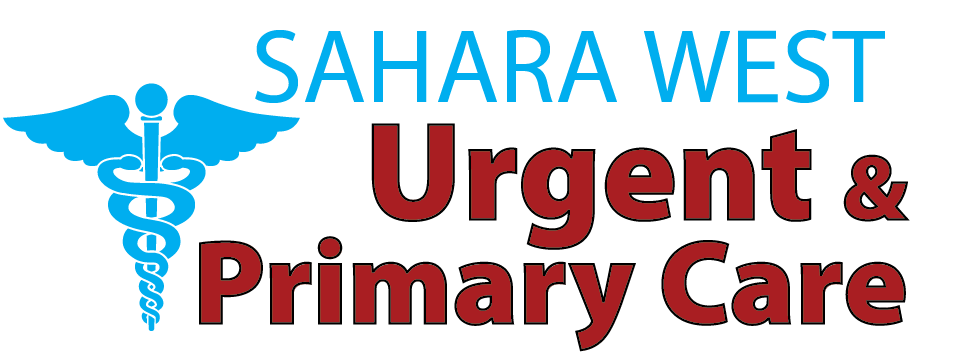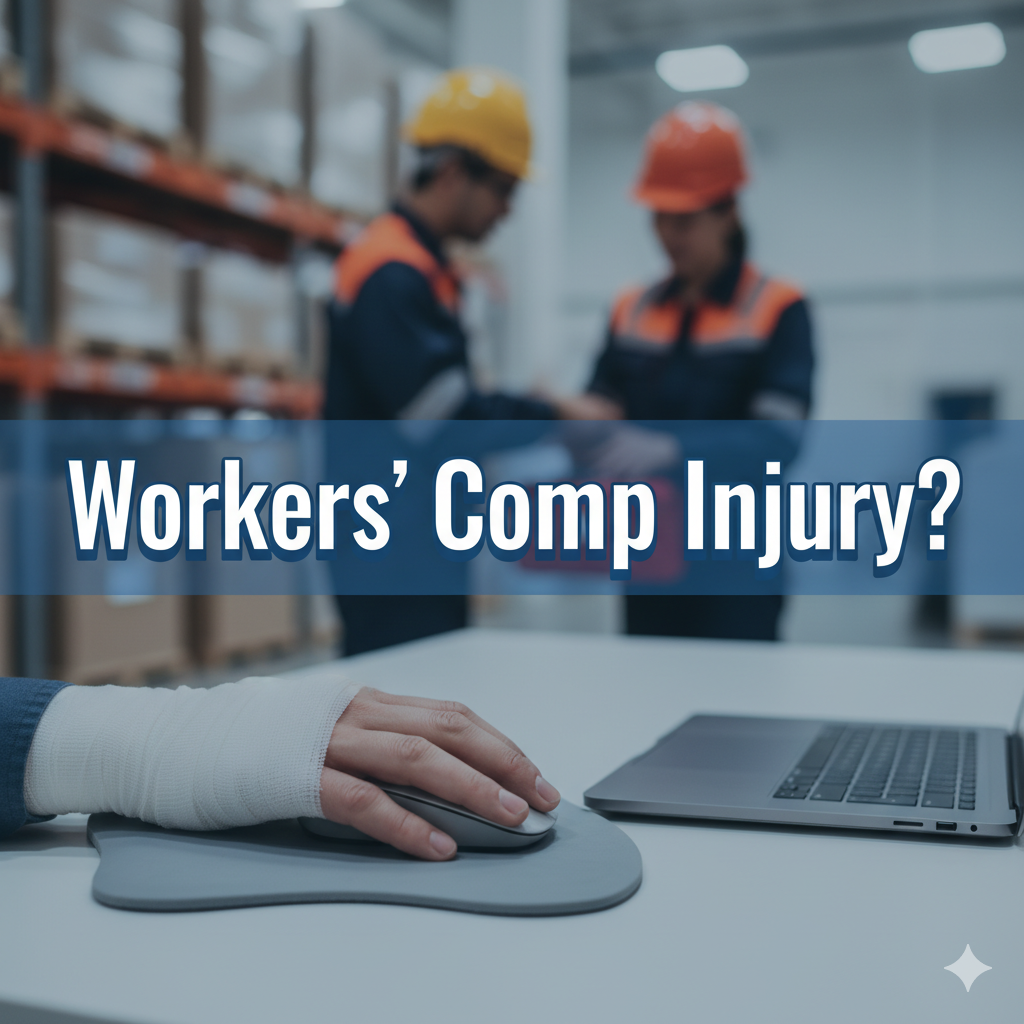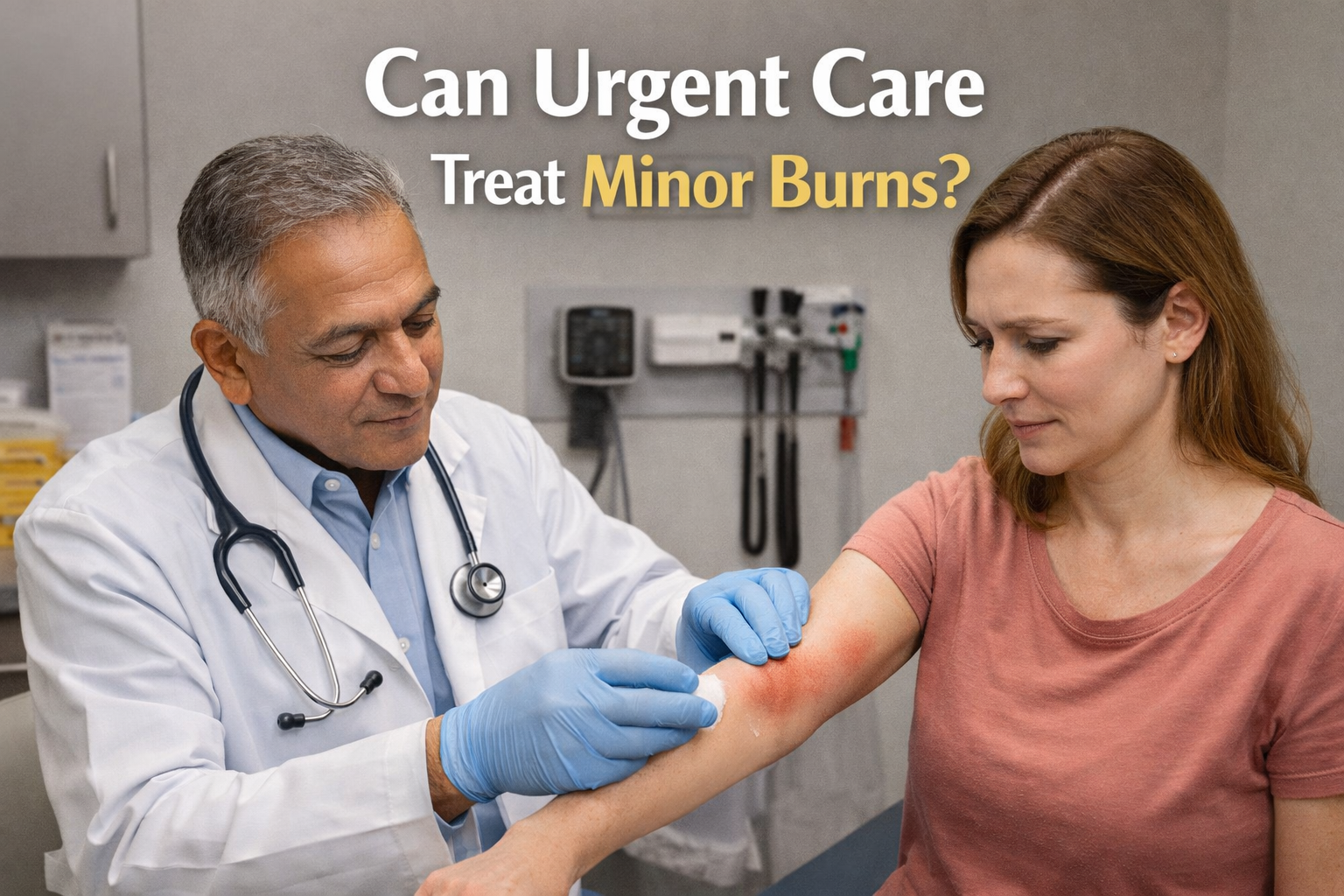The most common workers’ comp injury is a strain or sprain, typically resulting from overexertion or repetitive movement. These injuries are sprains and strains upon muscles, tendons, or ligaments and frequently happen during lifting, pushing or pulling heavy objects by workers. With a near universal need for physical labor in nearly every field, strains and sprains continue to be the most common issue requiring workers’ compensation time and plaintiff lawyers repeatedly year over year have this at the top of claims.
Why Strains and Sprains Happen So Easily
Workplaces differ — from construction sites to offices — but physical strain is virtually universal. One warehouse worker could hurt their back trying to lifting boxes, for example, and an office worker might strain a wrist from typing all day. Strains happen when muscles are overstretched, and sprains occur when ligaments tear or are twisted.
“Because work often involves repetitive or jerking motions, these injuries are much more frequent than cuts, fractures or burns,” Hayes and Swartz wrote. They can sound less serious at first, but they add up to weeks of missed work and costly medical care.
Examples of Overexertion Injuries
Not all overexertion comes in the form of heavy lifting. It can involve any activity that makes the body exceed its boundaries. Common examples include:
- Lifting or carrying heavy loads
- Pushing or pulling equipment
- Repetitive bending or twisting
- Uninterrupted typewriter or computer use
- Reaching overhead for long periods
Even a routine action, such as bending to reach for a file box, can cause back strains if you do it too often or simply don’t maintain the correct posture to perform the task.
Symptoms to Watch For
Degrees of straining and spraining. Some require days to heal, and others require months. The sooner you detect symptoms the better, to avoid long-term damage. Signs include:
- Pain in the affected area
- Swelling or bruising
- Muscle spasms
- Limited range of motion
- Stiffness after activity
Work will not always alleviate symptoms, but addressing minor concerns is better for you in the long-run.
Other Common Workers’ Comp Injuries
Although strains and sprains top the list, workers’ compensation extends to many other types of injuries. A few of the more common are:
Slip, Trip, and Fall Injuries
You might slip and fall on a wet floor, an icy sidewalk or a cluttered walkway. Those crashes sometimes result in broken bones, head injuries or back issues. They’re particularly prevalent in fields like health care, hospitality and retail.
Cuts and Lacerations
People who work in construction, manufacturing or kitchens are at risk for cuts from tools and equipment. Even minor cuts can need stitches, or worse yet become infected if they are not properly treated.
Repetitive Stress Injuries (RSIs)
Acts such as typing, manipulating items with a scanner or working with vibrating tools can lead to carpal tunnel syndrome or tendonitis. Gradually occurring RSIs can be every bit as catastrophic as sudden injuries.
Hearing Loss
Jobs in loud workplaces — like factories or construction sites — leaved workers open to long-term hearing damage. This can cause life-long hearing loss if you don’t use ear protection.
Burns
Electricians, welders and kitchen staff are more likely to suffer thermal or electrical burns. Burns can involve extensive medical treatment and time out of work.
The Cost of Workplace Injuries
Workers’ comp Las Vegas claims aren’t just about recovery — they can impact a business’s pocketbook, too. Industry estimates suggest that sprains and strains price us billions annually in medical costs and lost production. Such injuries can lead to prolonged downtime, higher insurance costs and lower productivity.
For the employees, there is a more personal cost. It’s a strain cancer patients could face now as protons become more available, that has nothing to do with oncology and everything to do with one change naturally leading another — first comes growth, then come disruptions. That’s why prevention and safety training are so important at every workplace.
For Employers and Employees, the protective measures.
Many strains and sprains can be avoided, however, by taking the proper precautions. There’s a responsibility from both employers and employees to work together to make places of employment safer.
For Employers:
- Train on proper lifting techniques
- Supply ergonomic workstations and equipment
- Encourage breaks during repetitive tasks
- Maintain clean, hazard-free environments
For Employees:
- Lift with your legs, not your back and keep good posture while you bend.
- Stretch it out in short, regular intervals
- Wear protective gear when necessary
- Report dangers or unsafe behavior to authorities at once
- A safe culture minimizes injuries and maintains a high level of productivity.
Why Reporting Injuries Matters
Other workers don’t report minor strains because they don’t want to miss work or stir up trouble. But minor injuries can be serious over time. Workers’ compensation was created to safeguard employees and guarantee access to medical care. Notifying of injuries early speeds the healing process and helps to document your claim for insurance.
Final Thoughts
So, what is the most common workers’ comp injury? The answer is strains and sprains — which often result from overexertion or repetitive movement. Other injuries, such as slips and falls, cuts and burns also happen in the workplace fairly regularly but muscle and ligament injuries are far away the most common.
Workers and employers can eliminate workplace hazards and dangers by rapidly responding to the post-early symptom, post-injury, and post-prevention system of reporting. If we are protecting work and workers from these preventable types of injuries, it is not just that it will make us all healthier. It will also help to construct a safer, more prosperous future for everyone. To schedule your appointment with the highest standard of care, visit Sahara West Urgent Care on our website, where you can also explore more informative blogs





